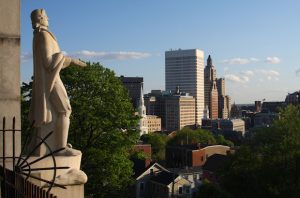In an era where walkability is the new must-have and where settling down no longer necessarily means a house in the suburbs, it's safe to say that for many Americans, the way we define essential has changed significantly – and in a surprisingly short amount of time, too. From San Diego to Bangor, Maine, city living hasn't been so fashionable since before many of us were born – once-dull downtowns across the land are quite suddenly the new must-see in many destinations. Let's park the car and take a quick walk through five of the country's most transformed urban cores.
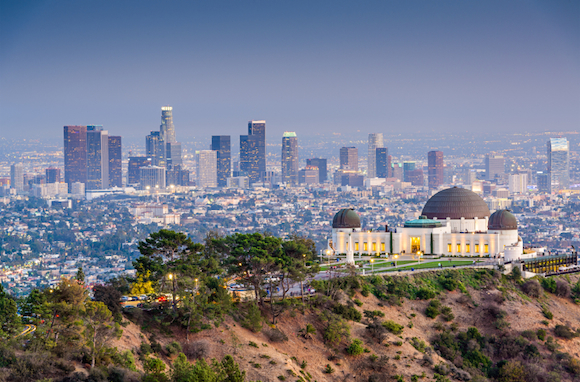
1. Los Angeles
When the beach-reaching segment of the Expo Line light rail opens for business this spring, the historic heart of the City of Angels will finally be connected to the ocean once again, making an already booming area of the country's second largest city even more irresistible. Downtown's transition from a place that many forgot even existed to the hottest address in town was a long time in coming, only really gathering steam over the past decade or so. These days, when locals are buzzing about something new, fairly often it's something down here (#DTLA, btw), from the striking new Broad Museum (free to the public) to the transformed Grand Central Market, one of the country's oldest public markets and now a must-stop on any SoCal food crawl. The old Broadway theatre district now boasts an Ace Hotel, smart boutiques and the vintage Clifton's Cafeteria, recently reopened to the delight of Southern California natives who grew up on its weird décor and Jell-O desserts. With a revived Chinatown, a booming Little Tokyo and the historic site of the city's founding all right here, not to mention multiple rail lines funneling visitors in from Hollywood, Long Beach, Pasadena and soon Santa Monica, Downtown Los Angeles is pretty much finished explaining itself to an ever-shrinking pool of skeptics. It's back, it's bad and it's not going anywhere – not for a long time.
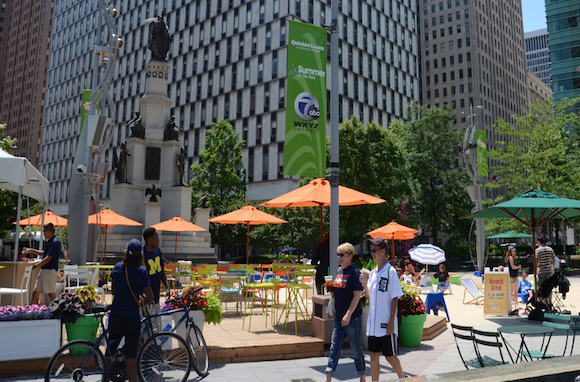
2. Detroit
In the land where traffic lights often still flash yellow after dark – heaven forbid you should have to come to a full stop on your way, inevitably, to some place else – a generation of locals and new arrivals has decided that the center of the Motor City is the place to be. And to think – all it took was the near-collapse of the American automotive industry. In the past six years or so, Detroit has exploded with talent and new ideas, redefining the experience of being here so thoroughly that while it still looks very much like the Detroit of pre-2007, everything feels, well, different. It feels more alive. Like there's a future. From a impressive new crop of dining and nightlife options both in the downtown core and adjacent Midtown area to sparkling renovations of many historic buildings and the construction of a new light rail line along Woodward Avenue, Detroit is having yet another renaissance. From the eminently walkable Riverfront to the transformation of the once-windswept Cass Corridor area into one of the smartest (and hippest) neighborhoods in the Midwest to the livelier-than-ever Eastern Market district, the only question is, where to begin?
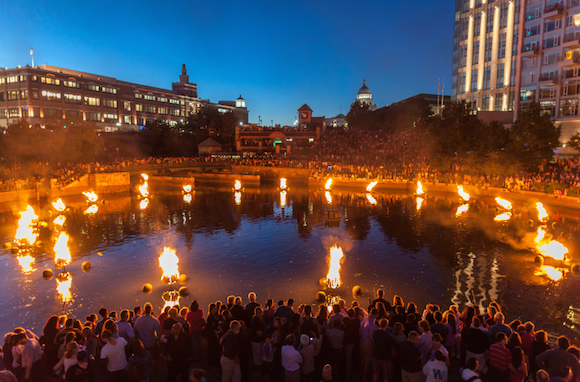
3. Providence
Stand anywhere within the confines of the Downcity area of Rhode Island's capital and you're nearly a stone's throw from anything else here. To say that central Providence is compact is an understatement – this is easily one of the most European city centers in the country, a charming if cavernous collection of historic architecture and impossibly narrow back streets, clearly designed before the advent of the sport utility vehicle. For years, the primary attraction of this part of Providence was to touch the past of a very old industrial town; in recent years, one project after another (the installation of the Waterfire project on the Providence River, for example, or the gargantuan Providence Place shopping center, complete with a sparkly Nordstrom's) seems to have been warming us up to where we are now, an era where one-of-a-kind galleries, unique shops and good restaurants and stellar cafes and bakeries (and one very good ramen joint, Ken's) are livening things up at street level. There's a seasonal flea market along the river, plus a hip hotel (The Dean) to house visiting creatives, complete with one of the East Coast's most expert-level coffee bars. While you're here, of course, the world-class art museum at the Rhode Island School of Design is a few steps away, on the slope of lovely College Hill. Definitely don't miss that.
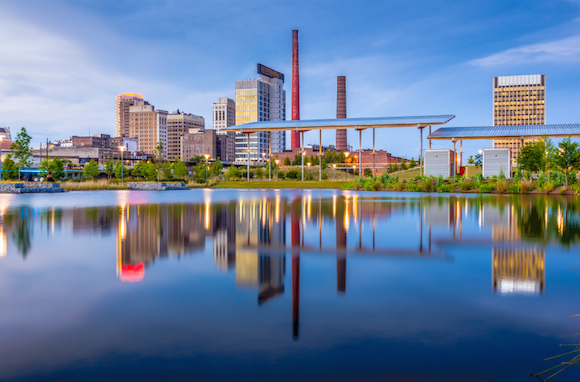
4. Birmingham
Stretched across a series of sharp ridges and featuring a skyline punctuated by gargantuan smokestacks, this hulking industrial burg located just two hours from go-go Atlanta couldn't be further away in spirit – everything about Birmingham feels real, grounded, as you'd expect in a place with such deep blue-collar roots. It's a handsome town, from the historic towers in the city's downtown to those envy-inducing residential enclaves in the adjacent hills. To see how dramatically things have been changing around here, hop in an Uber (they have that now) and head directly to Railroad Park, a surprisingly design-y (and rather vast) green space, located directly downtown. After work, it's become the place to be, whether for exercise, skateboarding, laying out or participating in a game of soccer. Built at the height of the industrial boom, Birmingham's charms can often feel swallowed up in the sheer amount of real estate, but those who bother to look will find pretty much everything they weren't expecting, from cool coffee shops to microbreweries to one-off shops and galleries, along with unique venues like the Sloss Furnaces, a national historic landmark offering tours, classes and events in one of the city's best-preserved post-industrial relics.
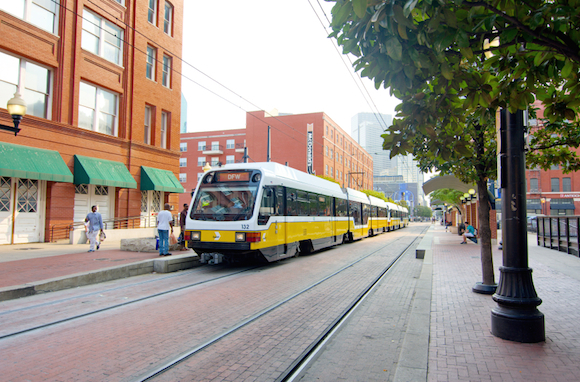
5. Dallas
Sharing the same metropolitan area with Fort Worth – the site of one of the most successful downtown regeneration projects in North America – never seemed to embarrass Dallas much; as recent as ten years ago, even locals didn't pull any punches when speaking of the city's appallingly hostile urban core. What a change a decade makes – look, for example, to the evolution of the Arts District here, which included the capping of an unsightly freeway and the creation of an appealing, kid-friendly park. Downtown living is even a thing – the 42-story Museum Tower is one of the city's most desirable addresses. The ill-conceived (and ill-timed) Victory Park insta-neighborhood project just next door is coming back to life under new leadership, with more residential and retail planned, along with significant tweaks to bring it more in line with the city grid. Big time changes are coming along the Trinity River, too, where a vast trail network already draws exercise junkies, while the old core has been livened up by projects that include Stone Street Gardens, a quaint alleyway lined with dining and nightlife options. Best of all, the city's growing light rail network is connecting the center to more and more neighborhoods, not to mention the airport – next time you're on a long layover at DFW, hitch a ride and come see for yourself.
